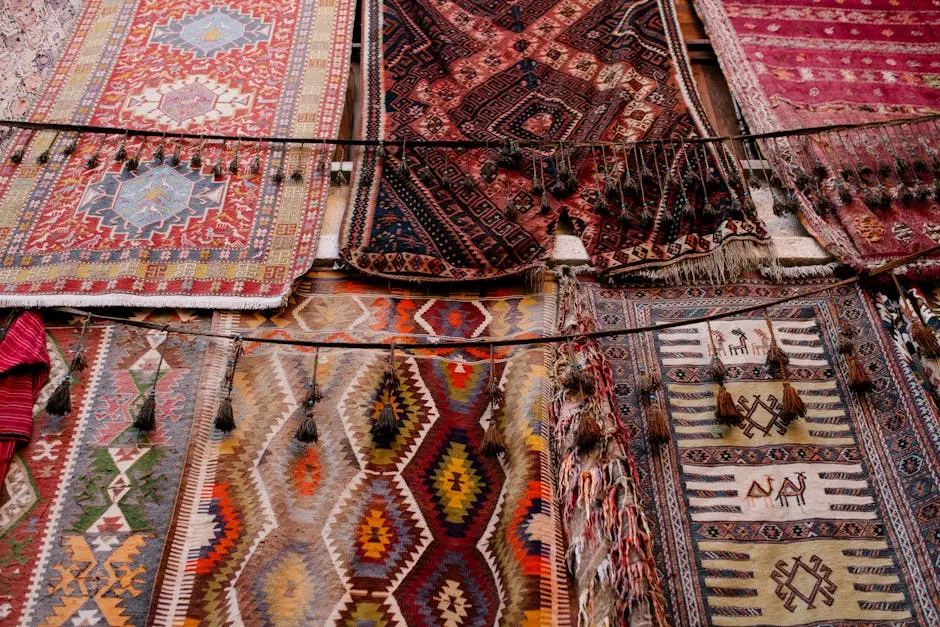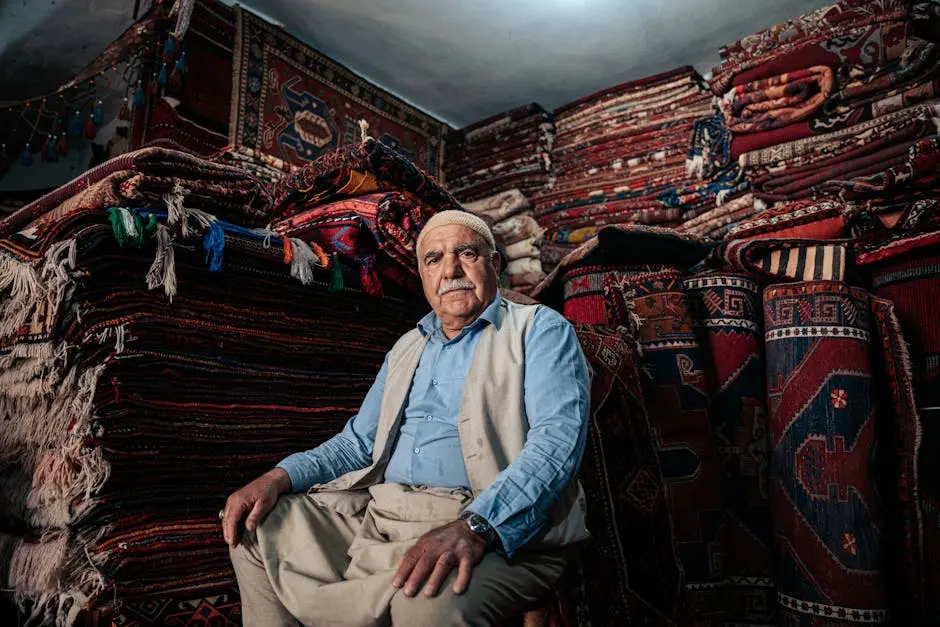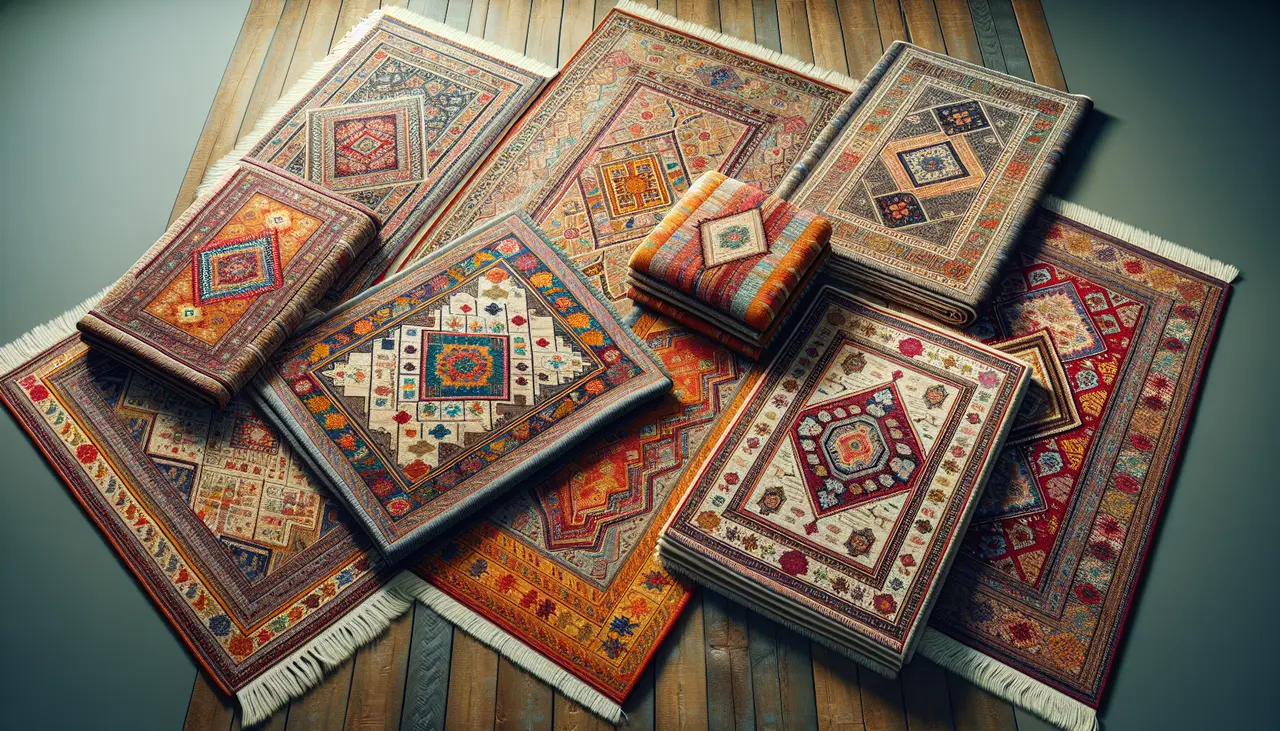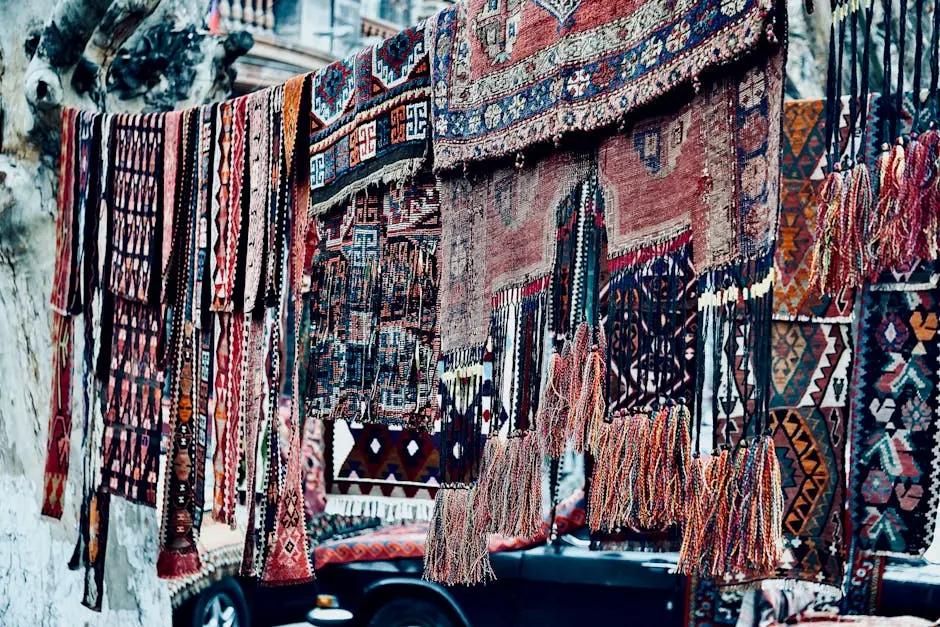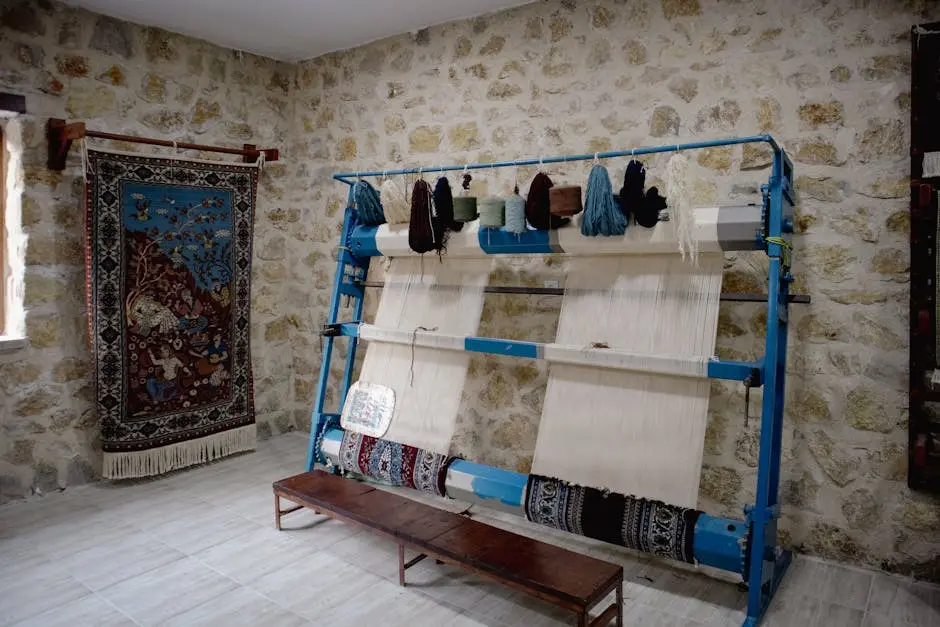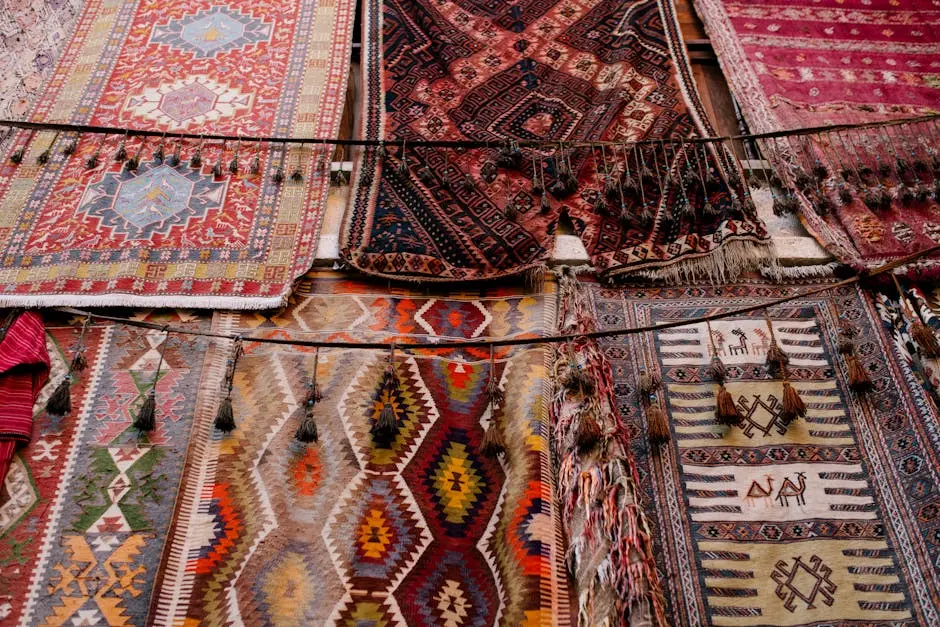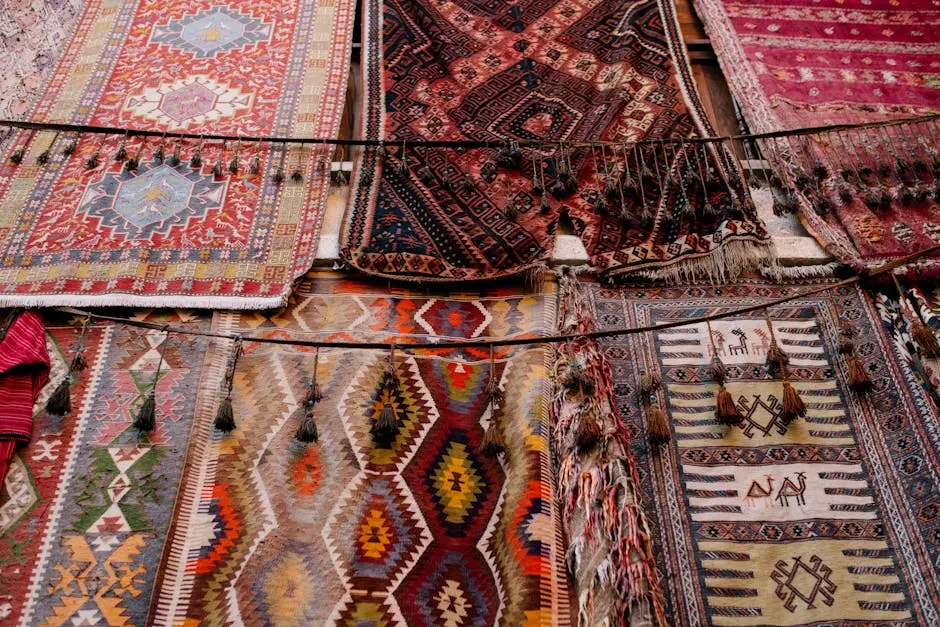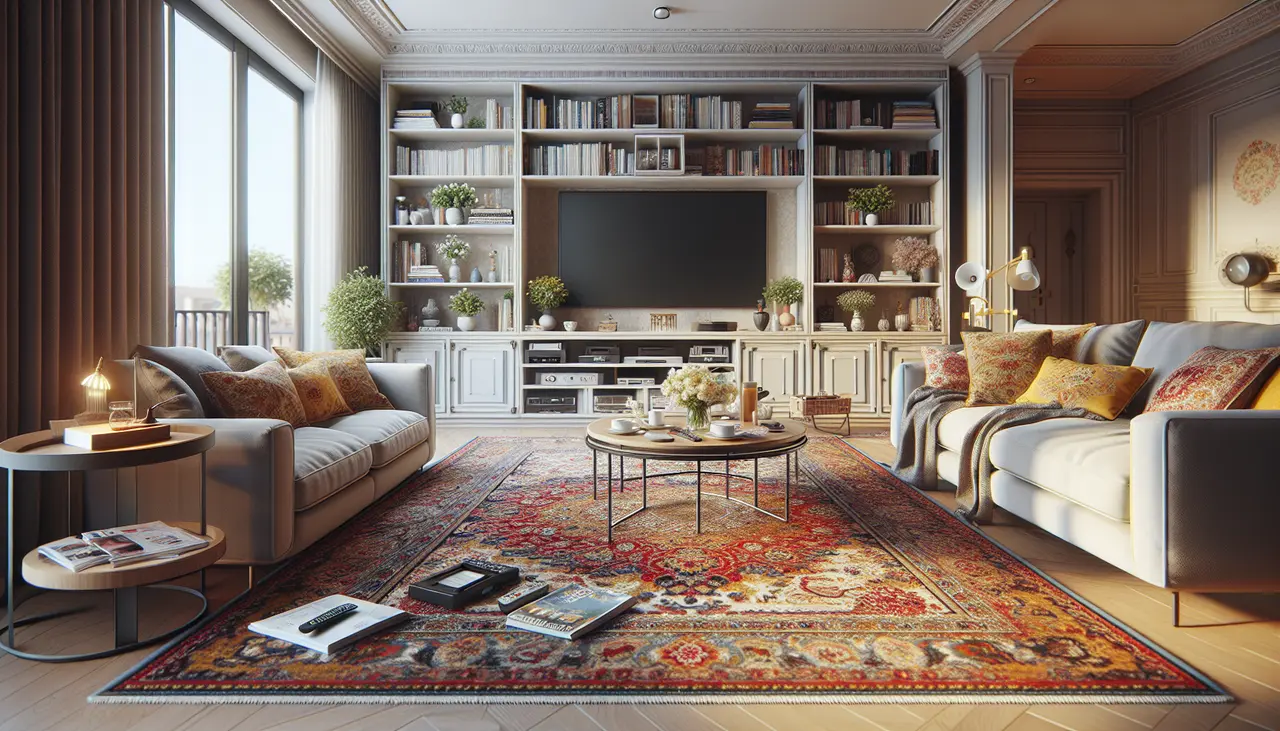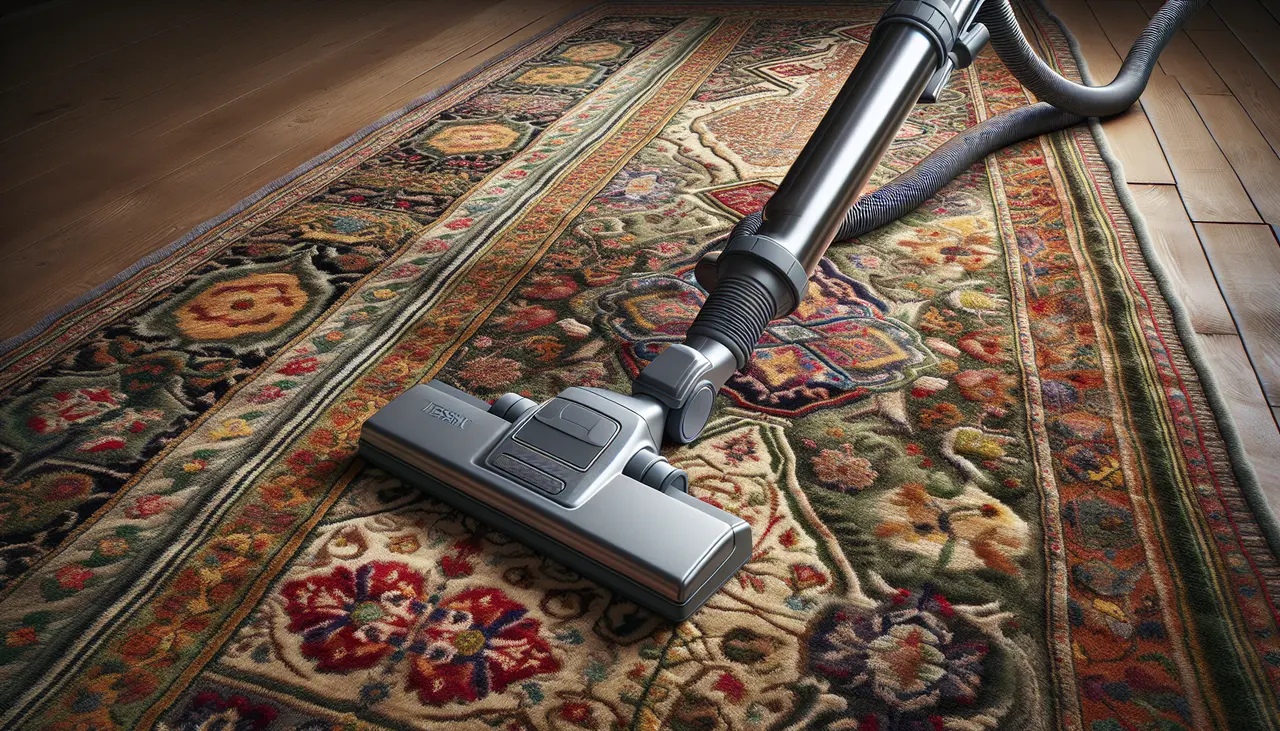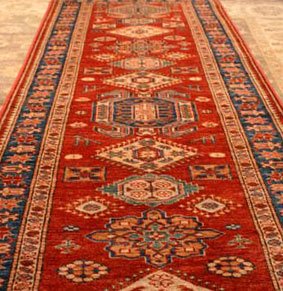Oriental rugs are more than just decorative pieces; they are art forms steeped in history, culture, and craftsmanship. These timeless pieces have decorated homes and palaces for centuries, enchanting us with their intricate designs and vibrant colors. In this blog, we’ll explore the elegance of Oriental rugs, uncovering their rich history, the skilled craftsmanship behind them, and their role in modern interior design.
The Rich History of Oriental Rugs
Oriental rugs have a fascinating history that dates back thousands of years. Originating from regions such as Persia, India, and China, these rugs were initially made by nomadic tribes as functional and decorative items. Over time, they have evolved into symbols of status and luxury, appreciated by cultures worldwide. According to Kyle Weaver, rug making is an essential component of the cultural legacy of nations like Iran and Turkey. Each region’s unique style and design reflect local artistic traditions, ensuring that no two rugs are exactly alike.
The history of Oriental rugs is intertwined with commerce and trade. They have been prized for their beauty and craftsmanship, forming an essential part of trade routes such as the Silk Road. From royal courts to humble abodes, these rugs have graced many different spaces, bringing with them a touch of opulence and history. The rugs have been appreciated not only for their use as decorative items but also for their cultural significance. Today, they continue to be treasured artifacts that narrate stories of the regions and people who created them.
In the East Bay, Oriental rugs are highly sought after for their artistic value and historical richness. The Montclair Rug Gallery offers a variety of meticulously curated collections, allowing residents to explore the rich tapestry of history that characterizes these beautiful pieces. With a deep appreciation for these timeless treasures, collectors and homeowners alike find joy in the intricate patterns and stories embedded in each rug.
The Art of Craftsmanship
Crafting an Oriental rug requires immense skill and patience. Master weavers spend months, sometimes even years, meticulously crafting each piece using traditional methods passed down through generations. From the dyeing of the wool to the intricate knotting techniques, every step reflects the dedication and expertise of these artisans. The expertise of craftsmen is highlighted by Kyle Weaver, who emphasizes that each rug tells a unique story through its distinct design and symbolism.
The materials used in Oriental rugs are chosen for both their beauty and durability. Traditional rugs are often made of wool, silk, or cotton, each contributing to the rug’s texture and visual appeal. Wool, being resilient and dye-absorbent, allows for the vibrant colors that these rugs are known for. Silk adds a delicate sheen and intricacy that enhances the finer details of a rug’s design. The combination of these materials, along with the artisans’ skill, culminates in a rug that is not only a decorative piece but a work of art.
The intricate designs that characterize Oriental rugs are the result of a meticulous process of hand-knotting or weaving. Each knot is a deliberate act, contributing to a pattern that might have been envisioned long before the rug was started. As the weaver ties each knot, they bring to life the story that will unfold across the rug’s surface. This attention to detail and commitment to traditional techniques are why these rugs are still celebrated thousands of years after their inception. Montclair Rug Gallery recognizes and celebrates this artistry by curating a collection that honors the storied traditions of Oriental rug making.
Symbolic Designs and Motifs
The designs of Oriental rugs often hold deep symbolic meanings. Common motifs include flowers, animals, and geometric shapes, each representing various cultural beliefs and stories. Understanding these symbols can provide insight into the rug’s origin and the message the weaver intended to convey. The paisley pattern known as ‘Boteh’ in Persian, for instance, signifies life and eternity, while floral motifs reflect beauty and abundance.
Geometric patterns frequently found in these rugs, such as stars and medallions, often symbolize spirituality and cosmological beliefs. Intricate borders add another layer of meaning, representing protection and containment. Animal motifs, too, offer rich symbolism; lions denote strength and courage, while birds might symbolize freedom or endless possibilities. Each motif woven into a rug is a narrative, representing a facet of the culture from which it originates.
In addition to representing cultural beliefs, the motifs in Oriental rugs also serve to inspire the modern homeowner. Montclair Rug Gallery expertly highlights how these rugs can enhance various interior styles, allowing their stories to blend seamlessly with contemporary aesthetics. A Persian rug’s medallion might become the focal point of a room, inviting conversation and admiration from guests, while its floral borders draw the eye across the room, enticing those who enter to explore its beauty more deeply.
The symbolism of these motifs extends to their color choices. Dark reds might signify wealth and courage, whereas blues suggest healing and solitude. Each color is chosen with intention, impacting the mood and feel of the space in which the rug resides. Interior designers and homeowners alike often leverage these color stories to create a desired ambiance within a room, further attesting to the versatility and timelessness of Oriental rugs in modern design.
Incorporating Oriental Rugs in Modern Interiors
Despite their ancient origins, Oriental rugs seamlessly integrate into contemporary spaces, adding warmth and character. Whether as a statement piece in a minimalist room or a complement in a bohemian setting, these rugs bring a touch of elegance and sophistication to any home. Their versatility ensures that they never feel out of place, no matter the design style.
One of the most appealing features of Oriental rugs is their ability to anchor a space, providing a harmonious balance between traditional and modern elements. The rich colors and complex designs serve as a unifying element that can tie together diverse pieces within a room, creating an inviting and cohesive artistic expression.
The adaptability of Oriental rugs makes them invaluable to decorators and homeowners alike. For those in the East Bay, Montclair Rug Gallery showcases an array of rugs that highlight both traditional artistry and modern sophistication. The gallery offers expert guidance for incorporating these exquisite pieces into your living spaces, ensuring that each rug is not merely a floor covering, but a focal point that elevates the overall design.
For those looking to update their home’s aesthetic without committing to a full redesign, an Oriental rug provides a simple yet impactful solution. Whether used beneath a dining table to unveil a pop of color and elegance or as a plush welcome in an entryway, these masterpieces have a transformative power. Their ageless beauty ensures that they remain a beloved choice for homeowners who appreciate artistry and cultural history in their decor.
Care and Maintenance of Oriental Rugs
To preserve the beauty of an Oriental rug, proper care is essential. Regular cleaning, avoiding direct sunlight, and using a rug pad are some measures that can extend the life of these precious pieces. With the right maintenance, Oriental rugs can grace your home for generations.
Given the investment involved in owning an Oriental rug, maintaining its condition is essential. Regular vacuuming and professional cleaning ensure removal of dirt and prevent the natural fibers from matting underfoot traffic. Gentle handling during vacuuming prevents the delicate threads from being pulled or damaged.
Sunlight can be a rug’s biggest enemy, causing colors to fade over time. To protect your investment, place your rug away from direct sunlight or use blinds and curtains to mitigate exposure. Rotating the rug regularly also helps distribute any sun exposure evenly, minimizing premature wear and fading in specific areas.
When it comes to spills or accidents, timely action can prevent lasting damage. Blot spills immediately with a clean cloth and use mild detergents for cleaning, avoiding harsh chemicals that could harm the fibers. For stubborn stains, contacting professionals like those at Montclair Rug Gallery ensures that your rug receives the expert care it deserves. They offer comprehensive care advice and services to maintain the longevity and beauty of your rug.
Embracing the Beauty of Oriental Rugs
Oriental rugs continue to captivate us with their exquisite beauty and timeless elegance. They are not only a testament to the artisan’s skill but also a piece of history that enriches any space they inhabit. By understanding their origins, craftsmanship, and adaptability in modern interiors, we can truly appreciate their significance and maintain their legacy for future generations.
Montclair Rug Gallery – call for appointment – 510-339-2472
Serving the communities of:
Oakland, Montclair, Piedmont, Berkeley, Orinda, Kensington, Emeryville

